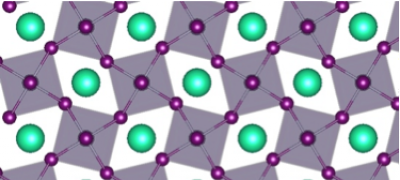We mainly use the linearized muffin-tin orbital method in its full-potential implementation by Mark van Schilfgaarde. Information on the functionalities of the lm-suite codes can be obtained from;
QUESTAAL
It is available upon request by contacting the authors of that website.
The LMTO method was developed by Ole Krogh Andersen at the Max-Planck Institut für Festkörperforschung
The lm-suite contains not only an efficient full-potential version but also various extensions of the atomic sphere approximation, for example, a Green’s function implementation, allowing one to calculate magnetic exchange interactions using Liechtenstein’s linear response formula, a layered Greens’s function code for transport calculations, and non-collinar magnetism aspects, and a driver for the QSGW approach.
The QSGW or quasi-particle self-consistent GW approach was developed by Takao Kotani and Mark van Schilfgaarde. The GW codes are available also at QUESTAAL
and from Kotani’s website.
This GW implementation uses a mixed interstitial plane wave and product basis function to represent two-particle operators, such as the polarizability, the Coulomb interaction and the screened Coulomb interaction W. The complex and energy dependent self-energy is used to extract, a non-local exchange correlation potential, which is made self-consistent. It can be represented in the basis of muffin-tin-orbitals in real space and hence provides an efficient interpolation of self-energy corrections between k-points.
We also use the ABINIT code. This is a plane wave pseudopotential method, which among others, implements the density functional perturbation theory or linear response theory for efficient calculations of phonons, including LO-TO splittings in insulators, elastic constants, Raman spectra, piezo-electric coefficients, etc.

